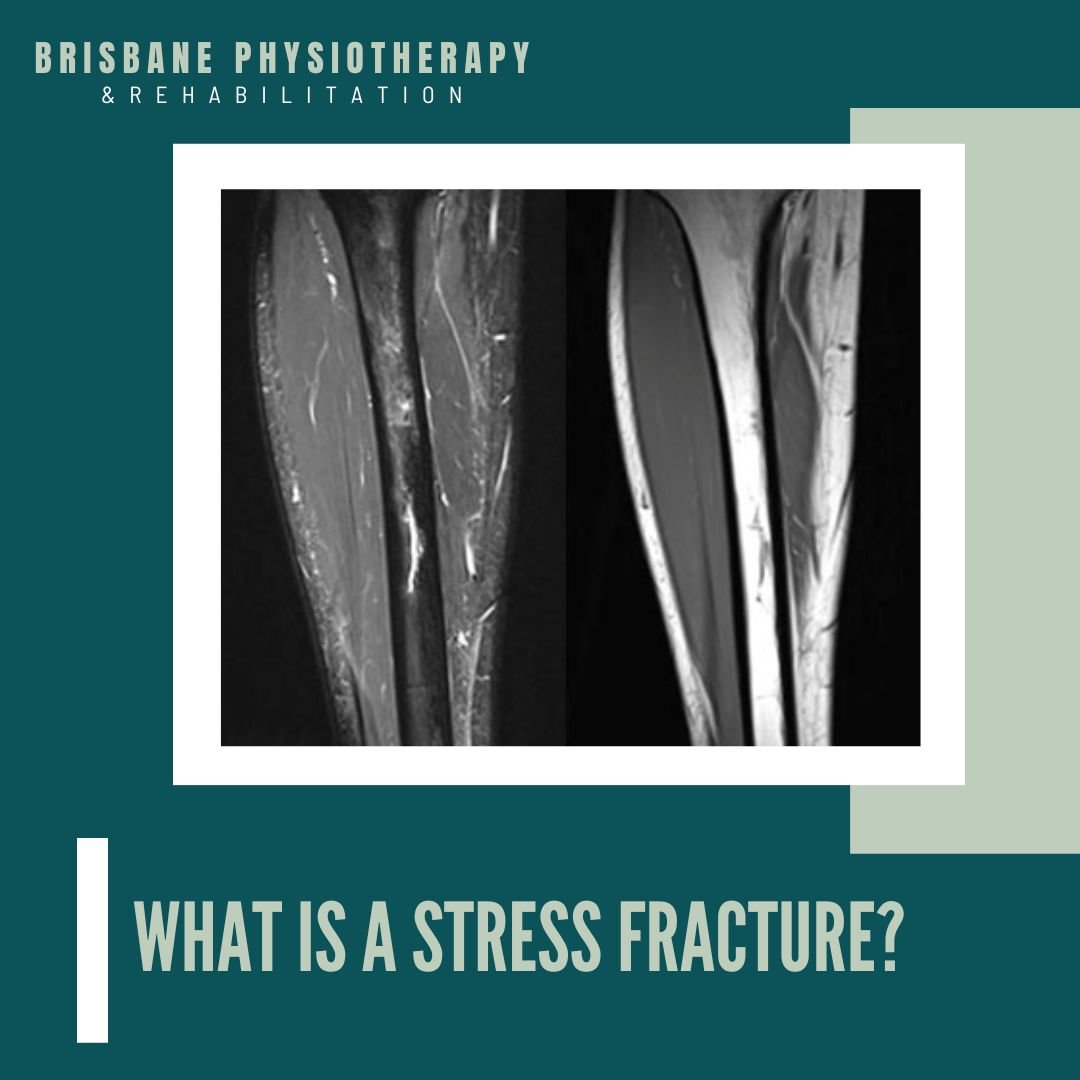What is a Stress Fracture? And what are the Physiotherapy Benefits?
A stress fracture is a small crack or break in a bone that occurs due to repetitive stress and strain on the bone, often from overuse or excessive impact activities. Unlike traditional fractures that are typically caused by a single traumatic event, stress fractures develop gradually over time as the bone is subjected to repeated loading without adequate time for recovery.
Stress fractures commonly occur in weight-bearing bones and are often found in the lower extremities, including:
Tibia (shinbone)
Metatarsals (bones of the foot)
Femur (thighbone)
Calcaneus (heel bone)
Navicular bone (found in the midfoot)
Fibula (a smaller bone in the lower leg)
Signs and symptoms of a stress fracture may include:
Pain: Gradual onset of localized pain that worsens during weight-bearing activities (jumping/hopping) and lessens with rest.
Swelling: Swelling and tenderness around the affected area.
Painful to touch: The bone may be painful to touch or press on.
Pain at rest: Pain might continue even at rest, particularly as the condition progresses.
Limited range of motion: Difficulty moving the affected limb or joint.
Mild bruising: Some mild bruising might occur at the site of the fracture.
Physiotherapy can play a crucial role in the treatment and rehabilitation of stress fractures. Here's how physiotherapy can help:
Rest and Recovery: Physiotherapists can guide patients in understanding the importance of rest and avoiding activities that worsen the condition. We help create a gradual return-to-activity plan to prevent re-injury.
Pain Management: Physiotherapists can use modalities such as ice, heat, massage, ultrasound, and electrical stimulation to help manage pain and inflammation.
Strengthening Exercises: Once the acute phase has passed, our physiotherapists design a personalized exercise program to gradually strengthen the affected area and the surrounding muscles. This helps to enhance bone density, improve muscle support, and reduce the risk of further injury.
Range of Motion Exercises: Physiotherapy can involve gentle range of motion exercises to prevent joint stiffness and maintain flexibility while the fracture heals.
Biomechanical Analysis: Our physiotherapists assess movement patterns and identify any biomechanical issues that might have contributed to the stress fracture. We then provide guidance on correcting these issues to prevent recurrence.
Education and Prevention: Our physiotherapists educate patients about proper footwear, training techniques, and the importance of gradual progression to prevent overuse injuries like stress fractures in the future.
It's important to note that early diagnosis and appropriate management of stress fractures are crucial for successful recovery. If you suspect you have a stress fracture or are experiencing persistent pain and discomfort, why not book in online to consult with one of our experienced physiotherapists.
